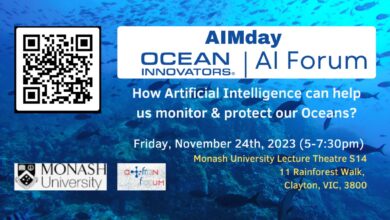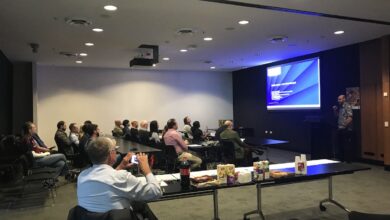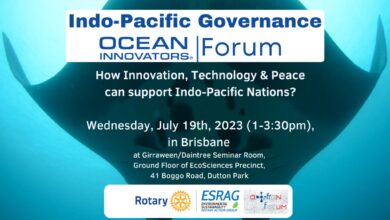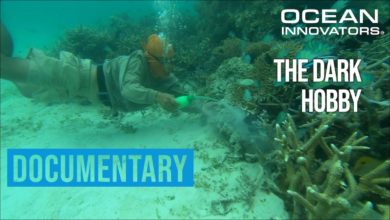Marine Megafauna Foundation
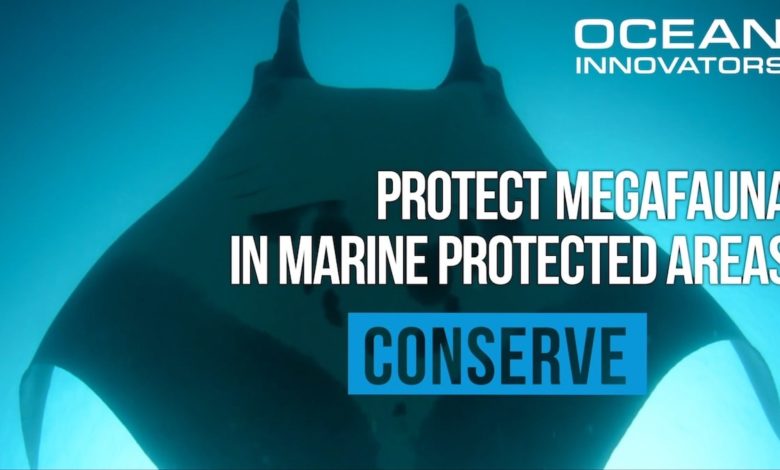
- MMF aims at protecting critical sea giants habitats
- A conservation biology and citizen science approach to raise awareness
- MMF is particularly active in Mozambique...
- ...but also all along the Eastern African Coast
- MMF innovates to gain data on marine ecosystems
- MMF uses inclusive programs with local communities
- How to help?
Dr. Andrea Marshall is an exceptional biologist who co-founded the Marine Megafauna Foundation, (MMF), a conservation biology and citizen science driven foundation. For her research work, she was titled as “Emerging Explorer” by the National Geographic! If you haven’t seen her yet in the Natural World documentary (2009) dedicated to her, then, just sit here, learn more about MMF and check how Dr. Marshall became “Andrea, Queen of Mantas”!
MMF aims at protecting ocean giants critical habitats
In 2012, Dr. Andrea Marshall and Dr.Simon Pierce founded the Marine Megafauna Foundation (MMF). It aims at protecting sea life by establishing new Marine Protected Areas where ecosystems are managed in a sustainable fashion. The sea giants require very large areas. Thus, protecting their habitats and migratory routes also allows preserving many other species. For this, MMF takes key actions via protection programs such as the “Sustainable Seas programme” in 2016 which aimed at protecting temporary reef closure in Mozambique.
“It is surprising for many people to learn that the oceans supply most of our breathable oxygen, dictate world weather patterns, and help to feed the majority of humans on earth. The oceans represent life. Our life.” Dr. Marshall says.
A conservation biology and citizen science driven approach to raise awareness
MMF gathers scientific data on critical habitats and endangered species such as the whale sharks, manta and devil rays, billfish, or small eye stingrays. Then, these knowledges are communicated to different publics. Governments, businesses, and individuals are encouraged to take actions for the environment. For instance, MMF empowers populations with knowledge by using multimedia presentations in rural coastal fishing communities to explain the scientific data. Educational programs such as the “children engaged in MMF education programmes” in 2016, are set to ensure the building of a local long-term conversation vision. Citizen science is also a major aspect of the MMF work. MMF released global databases such as the Manta Matcher, an online database for everyone to identify individual manta rays from their unique markings.
MMF is particularly active in Mozambique…
Since 2003, the Marine Megafauna association has been very active in rural Mozambique. The coastline of the Inhambane province was stated as a Globally Outstanding marine conservation area. The IUCN also declared the zone as an Important Marine Mammal Area meaning that it would require conservation attention. Dr. Marshall explained to us that, in the waters of this hotspot, many species migrate to feed and breed. However, the fishing pressure led to a significant decrease of the megafauna presence. Data show a decrease in sighting of more than 95% for manta rays, more than 98% for devil rays, and of more than 79% for whale sharks. The objective of MMF is to develop sustainable methods for fishing which would also allow local communities to develop.
“Along the way we hope to help minimize indiscriminate fishing practices in the Province, build capacity and awareness in local communities living along the coast and support the development of a sustainable eco-tourism industry.” Dr Marshall explains to us.
…but also all along the Eastern African Coast
MMF also undergoes research programs in South Africa, Madagascar, Tanzania and Kenya. There, the team has explored habitats, uncovered new species, made numerous discoveries. They gained new knowledge on threatened marine species, specifically sharks, rays and sea turtles. Therefore, apart from conducting world-leading research and long-term monitoring on rare and critically endangered species, MMF is also associated to regional studies to work on priority groups such as devil rays, wedgefish and sea turtles. Moreover, MMF has developed a specific project to unravel estuarine reef fish and marine megafauna diversity and abundance.
“Our work is used to support IUCN Red List assessments, list these species on large global conservation conventions like CMS and CITES and develop global conservation strategies for these animals.” Dr. Marshall told us.
MMF innovates to gain data on marine ecosystems
MMF has developed creative and innovative technological strategies to collect as much information as possible in the fieldwork. The aim is to better characterize animal biology, their habits and movement patterns to create protected areas.
“Aerial surveys, industrial fishing data and advanced satellite imaging can help us identify the specific areas where they (animals) are most likely to be caught and how.” Dr. Marshall told us.
“Using cutting edge technology and creative fieldwork is essential because studying, even large, animals in the open ocean is extremely challenging.” Dr. Marshall said.
MMF uses inclusive programs with local communities
MMF launched a fellowship program for Mozambican marine biology graduates. This project will allow to train the community members in basic fisheries data collection using mobile phones. Working closely with the Mozambican fisheries management agencies could lead to long-term employment in these remote communities. Another aspect of the project consists in helping to develop sustainable strategies for marine eco-tourism. For this, MMF continues to develop codes of conduct and best practice protocols. MMF also produces educational materials that can be distributed along the entire coastline of Mozambique.
How to help MMF?
Marine Megafauna Foundation is a conservation biology and citizen science driven foundation. MMF is encouraging you to participate to their citizen science effort. Help them collect animal photos while diving. Then, upload your photos on their global databases “the Manta Matcher” to help tracking and identifying new individuals. You can also partcipate to their eco-touristic initiatives such as the “Ray of Hope” expeditions.
MMF always needs help to facilitate their research taking place in remote areas. They are looking for funding opportunities. They want to establishing meaningful partnerships to help increase their own capacity.




